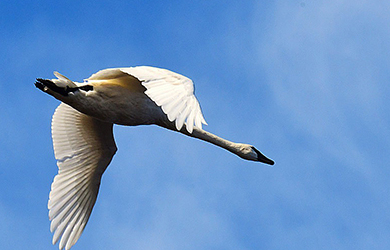I am always facinated by snakes. yesterday there was one on my front lawn. Took 30+/- photos. Note how light and photo angle seems to change the color of his/her head. It had fat middle — after I left it alone it curled up on a rock and snoozed/digested in the sun — had to go back for one more close-up of its skin.
That brings up another story — on my ranch in Texas we had many snakes – only a harmless Chicken Snakes seemed to crawl up trees and barn rafters to get birds out of nest, mice, and things like that — one day I went into the barn, hopped on my tractor to mow a hay field — about 100 yards from the barn felt something on my leg – looked down and there was a 6 foot Chicken Snake – I jumped off the tractor with the snake wrapped around my leg — I assume he was snoozing/digesting in the back corner of the tractor seat and I sat down just in front of him. Really, I had to stomp my foot on the ground just to shake him loose. I left him heading back to the barn where he belonged. then I ran after the tractor and stopped it — I flew off the tractor so fast I forgot to take it out of gear — Then guess what I did, I sat down and tried to get my heart back into my chest where it belonged!!!
Stay tuned to see “Hearts in Nature” tomorrow!
Grandpa seemed to travel each and every day. Obviously by horse – never heard of using oxen – and we know in 1902 they did not use cars – and hauling logs would not be easy on his back!
March 6, 1902, Snow deepest ever seen. Went out to haul lumber but could not get through the roads.
March 7, Roads better – took grain and hay up-home. Stalled at David Berkey’s. Mr. S. Young helped me out!
March 8, At home in forenoon and went to Windber and Scalp Level in afternoon.
We know how Scalp Level got it’s name from a previous blog — but how about Windber — It was from the Berwind coal company. See the relationship.
I copied a history of Windber here for you to see a little about the coal mining towns I knew and loved — I grew up a little farm boy – on a self sustaining Brethren farm using horse drawn equipment and we did have a 1936 tractor also — never really seeing anything beyond the farm until I was 6 – and then went to school in the Rietz Coal Company’s town of Mine 1 – near Berwind town of Mine 40.– After that I was never the same – coal mining towns had a lot of influence on my becoming what I am — what ever that is!!! I often wondered what my parents thought of that influence. (Hey, grandkids — that would be your Great Grandparents).
 |
Windber was founded in 1897 by the Berwinds, a family of entrepreneurs who made a fortune in the coal industry. They used this fortune to systematically design a town complete with houses, churches, banks, schools, company stores, theaters, and even some recreation areas. To the left is the Berwind-White Headquarters, later turned into the Windber Borough Building.
|
 |
Many immigrants were attracted to the coal industry because of its great need. Magyars (Hungarians), Slovaks, Poles, Carpatho-Russians, Italians and other nationalities joined the work-force of the Berwind-White Coal Mining Company in Windber, Pennsylvania.
|
|
Immigrants were provided with housing by the Berwind-White Coal Mining Company. Each house contained the same number of rooms and was about the same size. They were all designed in an orderly grid-like system across the town. Neighborhoods were situated near the mine where the family would work. Each day the miners would walk to work, mine for several hours, then walk home. During the day fathers went deep into the mines while young boys in their mid-teens would be chosen for mining in tight situations or would serve as ‘breaker boys’.
|
 |
 |
They typically bought their household goods such as soap, dishes, or linens at the Company Store. To the left is a view of the main Eureka Department Store. It dates from 1899. Buying goods outside the ‘Company Store’ drew frowns from the coal company; therefore, it was important to purchase goods from the company. In addition, workers were able to use ‘Mine Credit’ or ‘Scrip’. They bought items in good faith then later the bill was deducted from their checks. Most often, this led to a dependency on the coal company;
|
|
To the right is Mine Number 40, which became Berwind-White’s most efficient mine. Mine Number 40 demonstrated new mining techniques, state-of-the-art coal washing and loading facilities, and was used to test mining equipment. In 1913 the mine established a national record of just over 800,000 tons for the largest single, annual production in a bituminous coal mine. Mine Number 40 also became the largest producer under Berwind-White, in terms of coal mining and sales.
|
 |






Leave a Reply